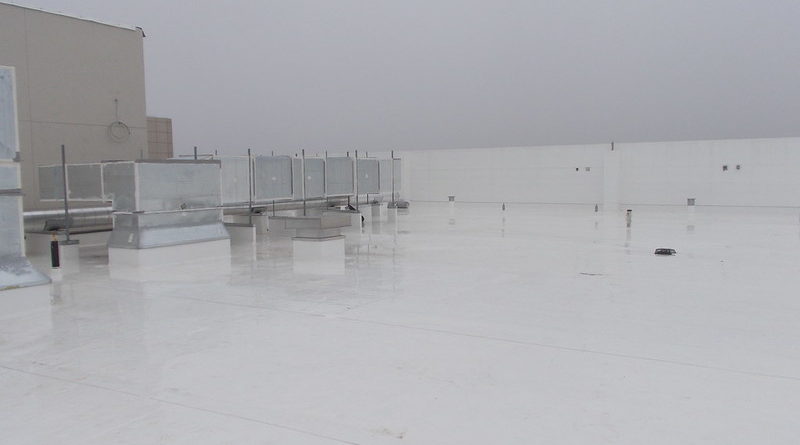
Deciding between EPDM (Ethylene Propylene Diene Monomer) and TPO (Thermoplastic Olefin) roofing membranes depends on various factors, including project requirements, budget, climate, and personal preferences.
Here’s a comparison to help you decide which may be better for your specific needs…
- Durability – EPDM, a type of rubber roofing, is known for its long-lasting durability and resistance to weathering. It can last up to 30 years with proper maintenance. TPO, while also durable, has a slightly shorter lifespan, typically around 20-25 years.
- Energy Efficiency – TPO roofs are highly reflective, making them excellent for energy efficiency as they can reduce cooling costs by reflecting sunlight and heat. EPDM is typically black and absorbs heat, although white EPDM options are available for improved energy efficiency.
- Installation – TPO can be more labor-intensive to install due to its need for heat-welded seams. EPDM, on the other hand, is often easier and quicker to install, using adhesive seams.
- Cost – EPDM generally has a lower initial cost compared to TPO. The potential energy savings with TPO can offset its higher initial cost over time.
- Maintenance – Both materials require regular maintenance, but EPDM may be easier to repair. TPO’s heat-welded seams make it less prone to leaks but can be more challenging to fix if issues arise.
- Environmental Impact – EPDM is known for being more environmentally friendly due to its longer lifespan and fewer toxic ingredients. TPO, while also not particularly harmful, is a newer material, and its long-term environmental impact is less established.
Related Posts
What Is Best For A Commercial Flat Roof?
On
October 13, 2023
What Things Affect The Commercial Roofing Service Life?
On
November 9, 2023
Difference Between Commercial And Industrial Installations
On
September 25, 2023

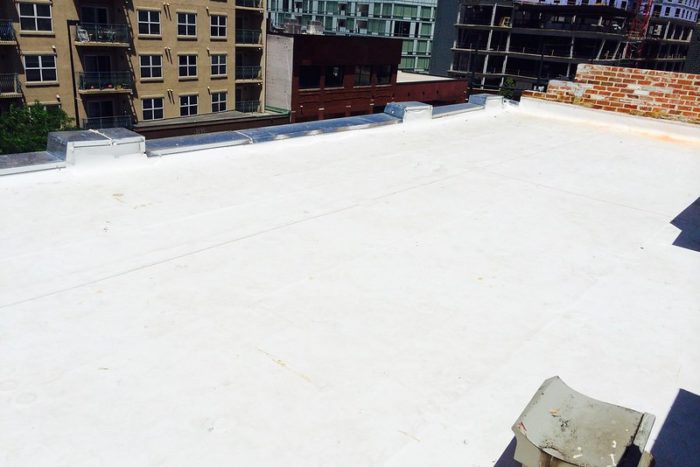
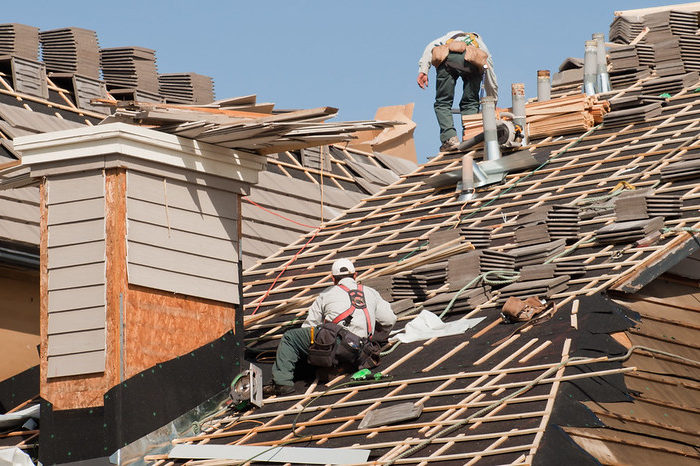
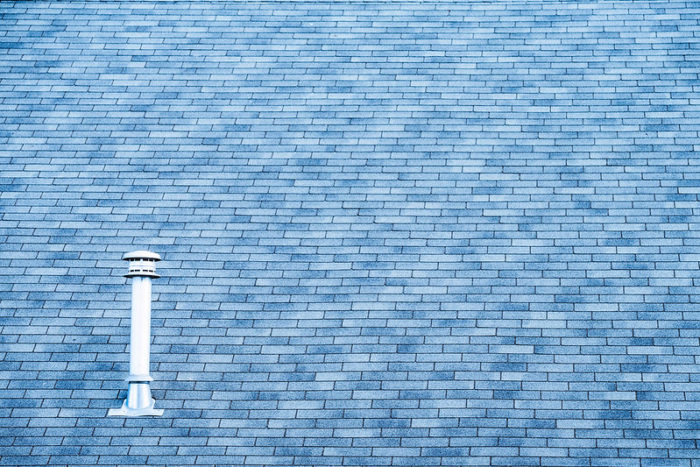
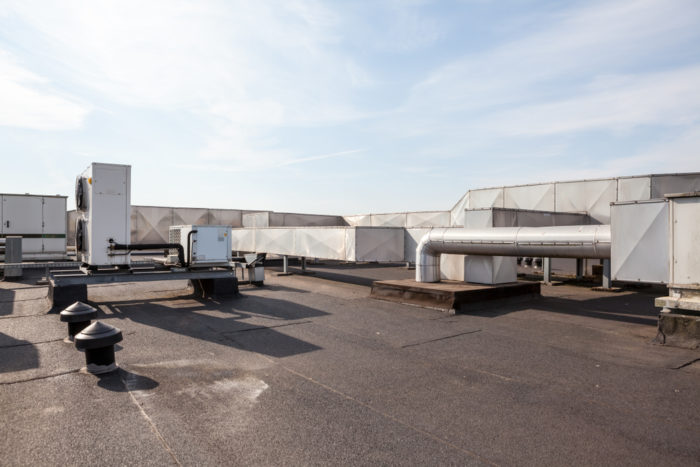
Leave a Comment